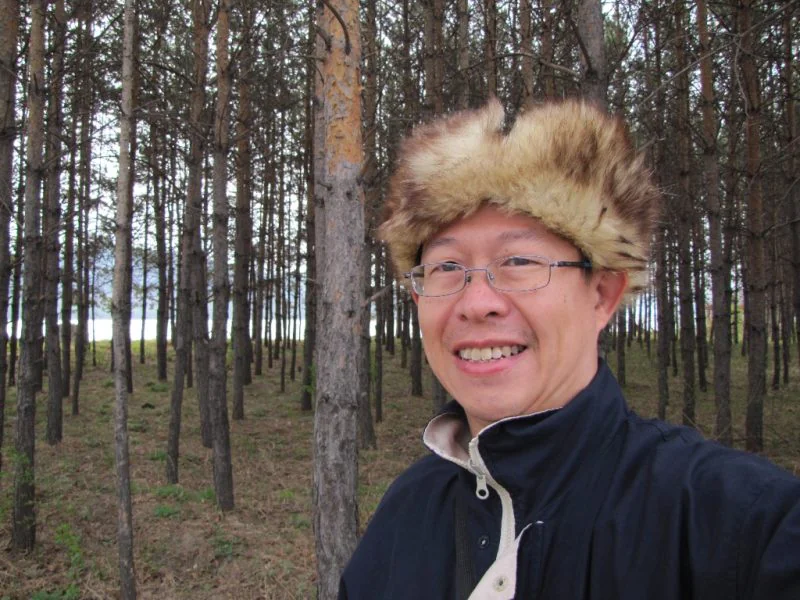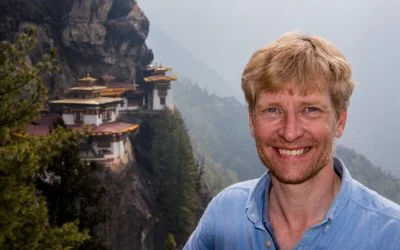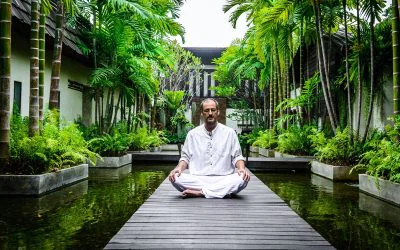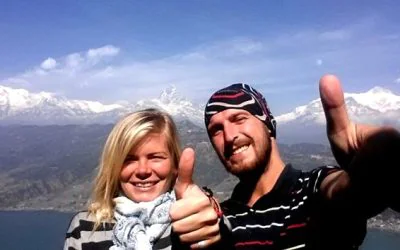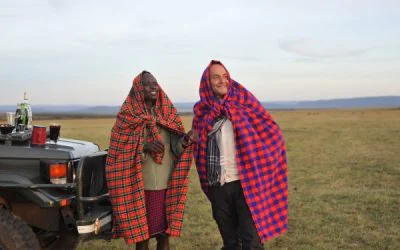Wee Cheng, you are probably Singapore’s biggest traveller. Does that mean you are famous in your home country?
I was interviewed by Singapore’s main English newspaper in 2009, as the “most travelled Singaporean”, after being proclaimed as such by a publication known as the Singapore Book of Records. And I also briefly championed the inscription of Singapore’s first World Heritage Site and was widely interviewed for a few years. I also co-founded a travellers networking group that continue to meet monthly – we are going to celebrate 10 years’ anniversary next year. Am I famous? I don’t think so. That’s merely 5 minutes of fame. In the last few years, there has been a number of emerging young travel bloggers who have received wide following through their travels and imaginative marketing. They are much more prominent and are doing a great job in promoting off the beaten track travels.
How did your passion for travel start and how did it develop into a fully-fledged venture?
I was born in a middle class family in Singapore. Travel was never a big thing in developing Singapore when I was growing up. It was simply too costly and considered the pursuits of the rich. I have always been fascinated with faraway places and exotic lands. Mum worked in a firm that had clients from around the world, and she would pass me stamps stuck on the envelopes sent to her office from various countries. I was intrigued by these tiny treasures from the most exotic countries, and even more so by the legends behind the colourful images on these stamps.
My first holidays were with my parents and sister to Malaysia and China on guided package tours. I enjoyed myself and thought that I could try be more adventurous and backpack later on, just like the young many white backpackers that pass through Singapore on their way around Asia.
When I was about to complete university, I wanted to do Western Europe before starting work, just like the typical undergraduate of the day. My parents offered to pay for the trip as a reward for completing school. So, that was my first backpacking adventure, and I was hooked on the travel bug. In the years to follow, I would use all my annual vacation entitlement to travel. Eastern Europe followed, then Turkey, the Middle East and Indonesia. Even then, I thought I would only go to the most touristy destinations. There were more than enough such places to do in my lifetime, I reckoned then.
In 1997, I went to graduate school in London and joined an investment bank in the UK thereafter. With a constantly concerned family faraway, the floodgates of frequent travel were opened. Before long, I found myself in the Baltics, Patagonia, Central America, Central Asia and the Caucasus. Every new trip lifted my threshold for discomfort, uncertainty and even danger. It was in a Vilnius hotel lobby when I bumped into an elderly Spanish man who exclaimed that he had just done his 100th country. At that point, I was 30-odd countries away, and I thought why couldn’t I do the same. Perhaps I could even aim to complete all the countries in the world.
By 2002, when I decided to head home for good, I hit on spending a year on the road. That was something I used to think only mad Englishmen would do. I spent half a year in Latin America, and the other half year overland from London to Singapore via Trans-Siberia – after all, I have told friends I would go home by land one day. And so it all took off. Before I knew it, I quickly aspired to do all the countries and unusual non-country regions around the world.
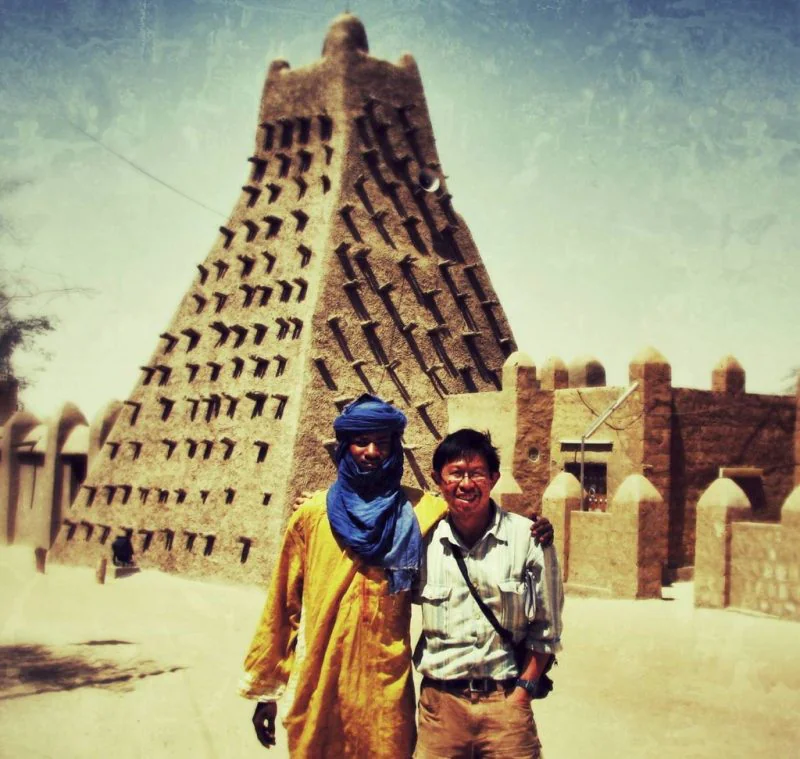
Timbuktu, Mali
You have a travel blog – tell us something about it and what are your aims with it?
I set up that website in 1995 as a way to share my travel stories with friends. That was before they called it blog. I even established a yahoo group to circulate emails on the road. It was only a few years ago that I converted the website into the format of a blog as that seemed to be the fashion of the day. I have no grand aims for it – it is merely a way to share stories. Over the past few years, however, I have been spending time on Facebook and have practically stopped updating my blog/website. I am contemplating switching entirely to Facebook as I use it for many more purposes other than just updating friends on my travels.
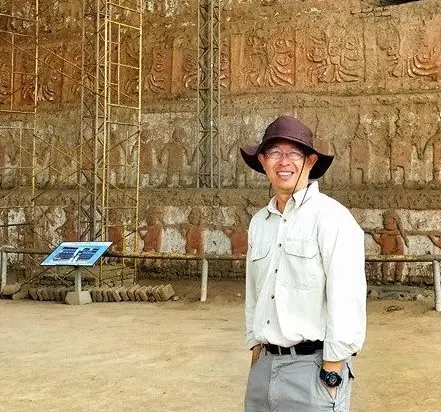
Northern Peru
What is your preferred way of travelling?
My travelling style has changed over the years. I used to travel alone and really enjoyed the freedom of making changes to my plans according to my whims and fancies. Over the past decade, however, I have gotten to know many people in Singapore who share a similar interest in travelling to unusual off-beaten-track places. And I have also learnt to appreciate the joys of sharing my observations with friends. Maybe this is also an age issue. Increasingly, as I become older, I begin to appreciate some comfort even when venturing to remote places. Travelling with like-minded friends allows the sharing of costs.
Whilst I used to travel extended distances on public transport, I now prefer to spend more for customized arrangements that would bring me to places faster and with more comfort. I also enjoy road trips and food trips as well. In fact, both street food and gastronomical fine dining have become dedicated pursuits on my travels.
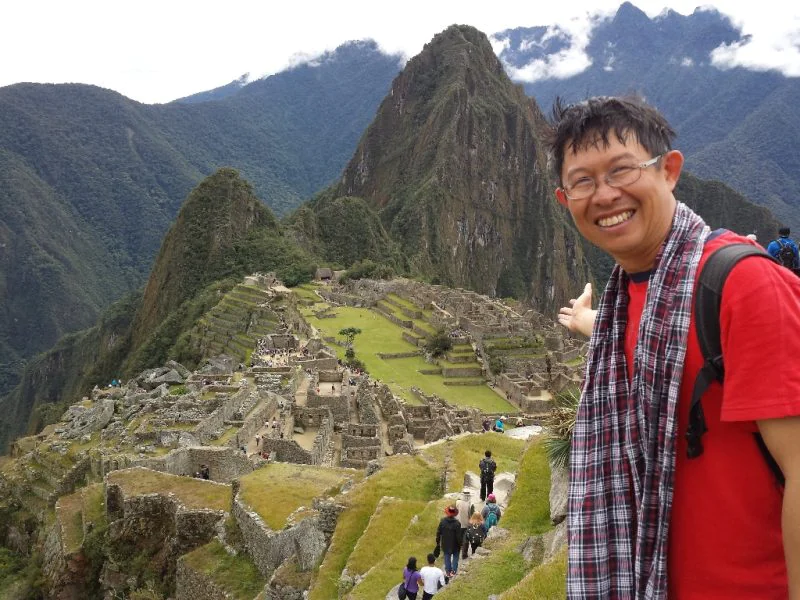
Machu Picchu
How do locals in far away places react when you tell them you are from Singapore? Any memorable stories about this?
Singapore is a small country and outside of mainstream US, EU and Asian destinations, I am often the first Singaporean people have met. In fact, they sometimes think I am from China, Japan or Korea even after I tell them where I am from.
Which countries have been very different compared to what you expected before you visited?
Mexico – popular impression is that it is a country with high crime rates, drug lords and tricksters at every corner. When I visited Mexico, however, I found a great nation with a colourful culture, great history and architecture, and a wonderful cuisine that is so different from the tex-mex fast food variety I was used to.
Another example is Iran – an ancient civilization with much diversity and impressive sites. The people are amongst the friendliest I have met, and the hospitality not only heart-warming but even slightly oppressive as you wonder how you can ever reciprocate such hospitality. This is so different from the religious extremist mass media love to portray.

Somaliland
Tell us a travel story that is especially memorable
In 2008, with a friend, I took a cab to the city centre of Ouagadougou, Burkina Faso, and suddenly we found ourselves driving in a junction guarded by a young man with a black hood and mask over his mouth. He shouted loudly, then set fire to a pile of tyres with the huge burning torch he was holding. To the left – fifty meters away – were tense crowds, clearly agitated, waving clenched fists, gesticulating wildly or swaying red flags. Our driver, his dark face now pale with horror, turned the steering wheel sharply to the right.
But it was difficult to find a sanctuary. Ahead of us were a squadron of riot police with helmets and high shields heading for the crowds. We were half expecting the smell of tear gas and the sound of bullets to whistle past. Our driver held his cool, drove slowly but steadily towards the police, then another right turn down a narrow alley.
That half minute felt like eternity and a day. A few dozen, possibly fifty, or even a hundred metres down the road, we heard the sharp blow of police whistles from where we left; and loud bursts that sounded like cannon shots, to be followed by another burst, then a series of restrained explosions. White smoke rose above the neighbourhood of tin roofs; the sound of ambulance sirens; more explosions and quite possibly the rattle of a few gun shots rang through the air; followed by the screech of braking heavy trucks and a sudden loud bang probably caused by a collision.
The driver made a few turns and dashed across the neighbourhood. We spied a few vegetable stalls and the odd hardware shop, all open for business. We knew we were safe. The driver breathed a sigh of relief, then sent a bubble of air out of his mouth, and then gave us a mocking smile. What a narrow escape! I wouldn’t want to get caught in a riot again.
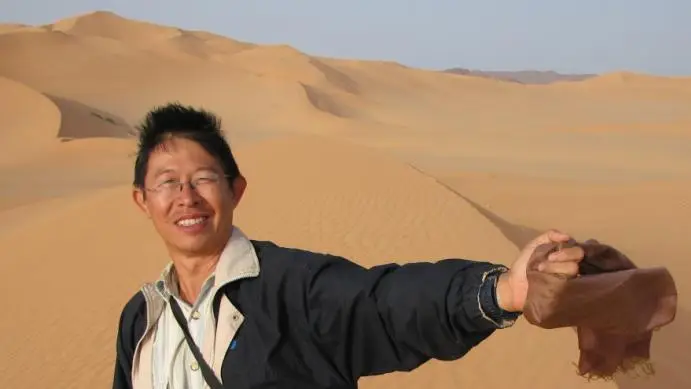
Libyan Sahara
You are close to completing all 193 UN countries. Which countries do you have left which are challenging you to reach this goal? Do you have a timeline in mind?
I’m left with Marshall Islands, Micronesia and Palau in the North Pacific; Sao Tome and Principe, DR Congo, Equatorial Guinea, Angola and Nigeria in Africa; Saudi Arabia, Iraq, Afghanistan and Pakistan in West and South Asia. No definite timeline. Apart from these countries, there are also many places I have yet to visit within countries I have been. I would like to do these as well. Ultimately I would take my time to travel to these places, perhaps opportunistically wherever I go to.
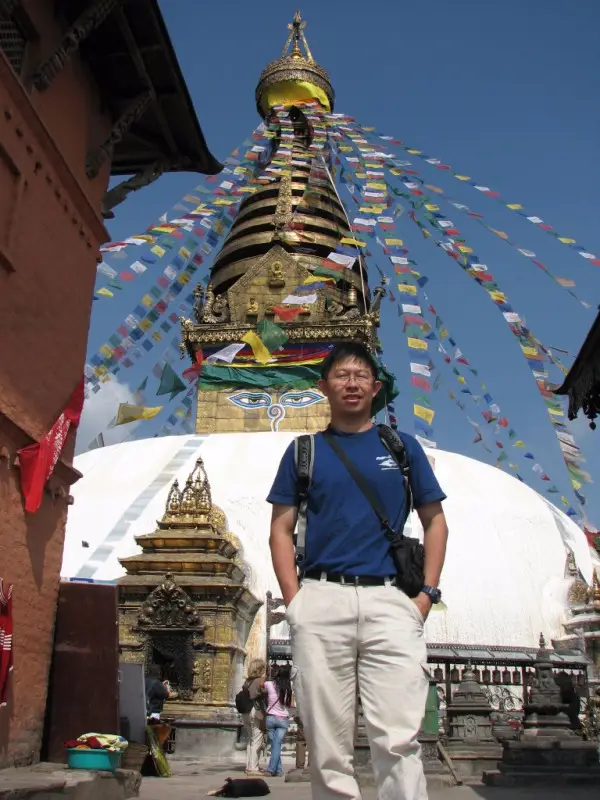
Nepal
Asia is becoming a great ‘exporter’ of tourists but frequently people travel in groups or to major highlights. Do you think Asians will also become independent travellers or not, and why?
Asian backpackers and independent travellers are already appearing. In countries such as Singapore, Taiwan, Japan and Korea which became prosperous and where people began travelling much earlier, independent travelling is already common or even the norm. People from China started overseas holidays about a decade or so ago, and like everywhere else, joining package tours is the initial trend. But like everywhere else, they begin to realise that package holidays do not necessarily give them the excitement and freedom. Over the last few years, I have gotten to know many young adventurous Chinese who have made their way across the world, including some pretty off-beaten-track places. Given the size of the Chinese population, it is a matter of time before Chinese independent travellers hit your neighbourhood.
Give us 3 gems of Singapore that are not all that well-known!
1) Bukit Brown Cemetery: The largest Chinese cemetery outside China. Established in the 19th century and shut down in the early 1970s, this is an amazing oasis of green space and wildlife within a metropolis. In addition, it is an interesting kaleidoscope of the different cultural mix that is Singapore: Chinese tomb architecture with Peranakan tiles and brightly coloured statues of Sikh guards. Visit soon before the government bulldoze this place for development.
2) Ubin Island: A sleepy island off the coast of northeast Singapore. This was the old rural Singapore before malls and condo projects. One can visit a sleepy village, deserted temples and cycle through country lanes to visit abandoned quarry cliffs and a wetland reserve.
3) Tiong Bahru: A cool residential area with art deco buildings, traditional eateries, hipster cafes and odd shops. The district has attracted a fair bit of attention in recent years, but remains relatively serene and hidden gems still lie at its many hidden corners.

Yemen
Finally, if you could have one super-power, what would it be and why?
I would love to travel back in time. Maybe to accompany Christopher Columbus or the great Chinese admiral, Zheng He, on their voyages of discovery. Or to have a conversation with Marco Polo about the splendor of the court of Kublai Khan. Or to visit the courts of Charlemagne and the Medicis, and indulge in the wonders and flamboyant treasures of that era.
The photographs accompanying this interview and from WeeCheng’s private collection.
